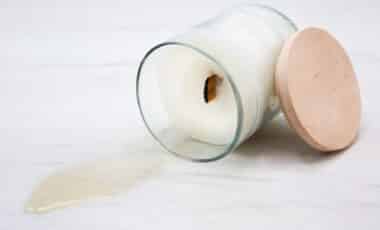Balled-up sheets in the dryer are a common household frustration. You expect soft, warm bedding—what you get is a tangled, damp clump. According to SuperCleaning expert Elizabeth Shields, this issue is not only fixable but preventable with a few simple changes. Her tips reveal why your dryer might be letting you down and what you can do to ensure your sheets emerge dry, smooth, and ready for the bed.
Shake, space, and simplify
The most straightforward advice starts before you even turn on the machine. Shields emphasizes that shaking out your sheets before tossing them in the dryer is a foundational step. “The more spread out they are, the better they’ll tumble,” she explains. This helps create separation between layers, reducing the risk of fabric folding into itself.
Reducing load size is another important factor. Overcrowding a dryer can prevent air from moving freely, which directly impacts how evenly items dry. Shields suggests decreasing the number of sheets per cycle, especially when drying larger sets like queens or kings. With more space to move, your sheets are less likely to tangle or trap moisture.
These Skin Changes Could Be Your Body’s Silent Cry for Help with Heart Disease
Use dryer balls, towels, or tennis balls
If shaking and downsizing your load aren’t enough, Shields recommends introducing an agitator inside the drum. Tossing in a few dryer balls—or clean tennis balls—can help separate the sheets during the cycle. These items disrupt the fabric’s tendency to stick together, improving airflow and enhancing drying efficiency.
Interestingly, this hack is multipurpose. The balls not only separate, but also absorb excess moisture, speeding up the drying process. And if you don’t have dryer balls or tennis balls at home? Shields says a clean, dry towel can serve the same purpose.
Heat and humidity matter more than you think
While many assume high heat equals faster drying, Shields encourages a slower approach. “A lower heat setting is preferred,” she explains, allowing more time for even drying without creating hot spots that lead to bunching. This “low and slow” tactic gives sheets the opportunity to fully dry without twisting up in the process.
Another tool that helps keep wrinkles and creases at bay is a wrinkle-release spray. A light spritz before placing sheets in the dryer can help fabric relax during the tumble. Shields highlights its dual effect—it reduces bunching and delivers smoother, more finished results.
Sometimes it’s your dryer—or your sheets
If all else fails, your appliance could be the issue. Many standard dryers are too small for large bedding, which naturally leads to balling. If the budget allows, Shields recommends upgrading to a larger-capacity dryer that better accommodates bulky linens. A larger drum allows for greater movement, which directly translates to more even drying and less tangling.
The material of your sheets could be the culprit. Shields advises seeking out sheets labeled “quick-dry.” These are designed to release moisture more efficiently, shortening drying time and lowering the chance for tangles to form.







